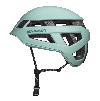Trekking Peaks in Nepal's Khumbu Himal
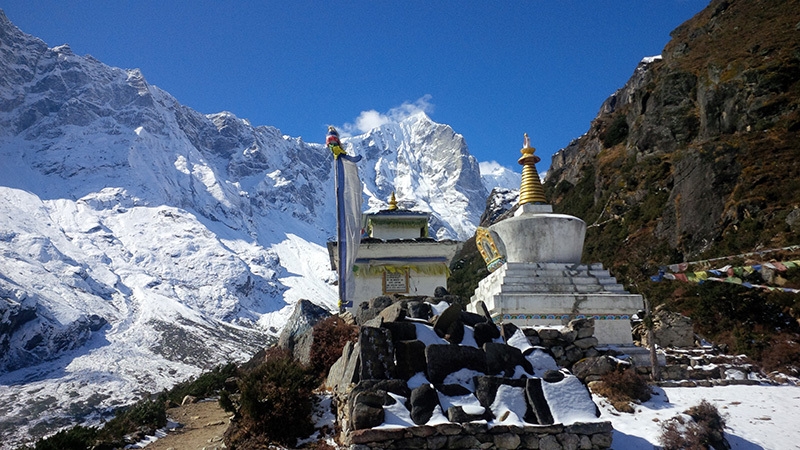
 1 / 12
1 / 12 Rudy Buccella
Rudy Buccella
Currently, gas, petrol and food are distributed once a week and are carefully rationed; petrol can be purchased on the black market at 5 euros per liter! As you might imagine, few can afford this and consequently there’s little traffic. The positive aspect is that, perhaps, it will reduce CO2 emission levels; the country has a high pollution rate because of smog and the smoke from burning wood and coal.
As the locals explained, the embargo seems fueled by India’s desire to see changes made to the country’s first democratic constitution, approved only recently and which, at present, does not take into account certain requests put forward by the Madhese Tharu Hindu minorities who live in the southern part of Nepal (Terai), on the border with India.
As to our expedition, outside the Tribhuvan airport we were met by Chhongba, our Sherpa friend. As the director of his small but well-organized agency, he has accompanied us for years during our travels all around Nepal. This year’s goal were the Trekking Peaks. Chhongba explained that the government, which manages the entire category of mountains recognized as "trekking peaks", recently changed their classification, cataloging them now as "expedition peaks”. This change was probably made to increase the cost of the permits. It’s important to realize that permits for trekking peaks can be obtained more easily and faster than higher mountains thanks to the simpler bureaucracy (having said that, I still spent a good part of the afternoon signing documents at the Ministry!). Trekking peaks also represent an interesting alternative to the usual treks "from one hill to the next." You simply pay 500 euro for a group permit that allows you to climb beautiful 6000m peaks. Some of these, such as Cholatse or the North Face of Kwangde, are particularly challenging, while others are more simple, such as Island Peak.
This year, my travel companions were: Massimo Lamperti from Milan and Jean Pierre Fosson from Champoluc. Our destination was Parchermo, the splendid 6173m peak located on the border between the Khumbu valley and Rolwaling. The ascent is relatively straightforward as the route climbs mainly snow, there are few objective dangers and thanks to its relatively low altitude it can be ascended by many.
In Kathmandu, while making the final preparations before the trek, we took the opportunity to walk through the streets and see how the city had changed after the earthquake. At Durbar Square it was impossible not to notice the deep scars in the old monuments, now propped up by crumbling bamboo scaffolding; the Home of Khumari (the child goddess) is supported entirely by these poles. Unfortunately many temples, most built between the fourteenth and sixteenth centuries, had collapsed and the foundation stone on which they once stood served as a reminder of their former glory. They resemble small altars and while looking at them you cannot help but think of the magnitude of this disaster that, last April, cost the lives of more than eight thousand Nepalese.
We spent a few days in Kathmandu before heading to Lukla, reached via a short flight as no roads were open, except for a path that leads into the Shagarmata National Park. We had just enough time hire the porters before starting our trek into the Khumbu valley. We’d reach Parchermo base camp in about a week.
Having left Lukla, the first village we encountered was Namche Bazaar, also known as "Sherpa capital of the world". On the way there, another rope bridge has recently been erected, 250m long and approximately 100 meters above the ground. Spectacular! We reached Namche then turned off left to enter a long valley that leads towards the border with Tibet; this route has been used for centuries and even today Tibetans travel along it to enter Nepal to trade good or to escape Chinese dictatorship.
The area is absolutely amazing. As you gain height you catch glimpses of towering, snow-capped mountains such as Ama Dablam, Everest, Lhotse and the infinite Kwangde chain. These peaks are so majestic they are awe-inspiring! In the Khumbu valley it’s possible to carry out amazing treks and climbs within sight of the stunning mountains.
To reach base camp, we continued up the valley, spending our nights in the nuouers lodges located along the route. For those who don't know about these trekking lodges, they're small hotels, very cozy, with wooden stoves and and rooms for two. We always slept in these lodges, apart from two nights spent in a tent: one at base camp and the other and Camp 1, before reaching the summit of Parchermo. My travel companions and I had been to Nepal several times, together we'd climbed mountains such as Island Peak, Lobouche, Nireka Phrilapcha. Resist the charms of these mountains is really difficult, once you've breathed in Nepal's atmosphere you'll return sooner or later.
Our climb to the top of Parchermo was made more difficult due to the cold and the strong winds at high altitude. This is why reaching the summit proved even more satisfying!
The peaks, like the ones mentioned earlier, can be climbed relatively quickly compared to 8000ers. This is obviously due to the considerable difference in altitude, but not only: their proximity to villages, the ease of access and the relatively cheap permits (all the mountains in Nepal are prohibitively expensive apart from those on the government lists) make these mountains an ideal destination for those who want to experience the Himalayas without having to deal with the hassle of a eightthousander, or for those who wish to climb a new route. It’s obviously worth remembering that 6000ers still require sufficient physical and technical preparation. The possibilities are endless, go on, give it a go!
Rudy Buccella, Courmayeur. rudy.buccella@gmail.com
http://rudy-buccella.blogspot.it
Island Peak (Imja Tze) 6189m
SW Ridge III/AD snow
Lobouche Peak- 6119m
South Ridge, III/D snow
Kwangde - 6187m
South Ridge, III/D snow & mixed
North Face, III/ED+ snow, ice & mixed
Parchermo - 6187m
North Ridge, III/D- snow
Nireka - 6120m
West Ridge, III/D snow & ice
Pharilapcha 6014m
East Face, III/D+ snow & mixed
Kiajo Ri
East Face, III/D+ snow & mixed
Cholatse 6440m
SW Ridge, IV/TD snow & ice
Bibliography: Sommets du Nepal, Jean Annequin Paul Grobel (Glenat). Himalaya Alpine Style, Andy Fanshawe Stephen Venables. The Trekking Peaks of Nepal, Bill O'Connor



 Copia link
Copia link
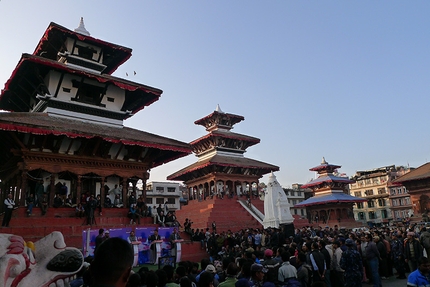
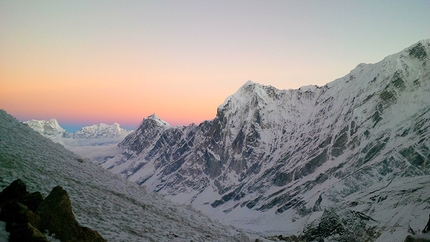
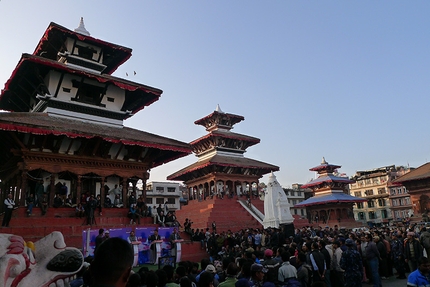
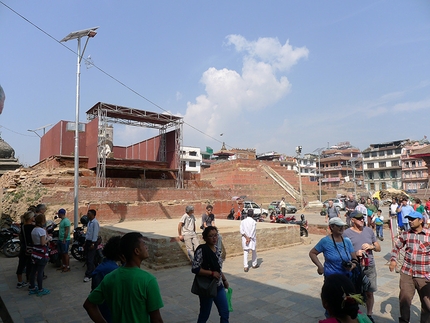
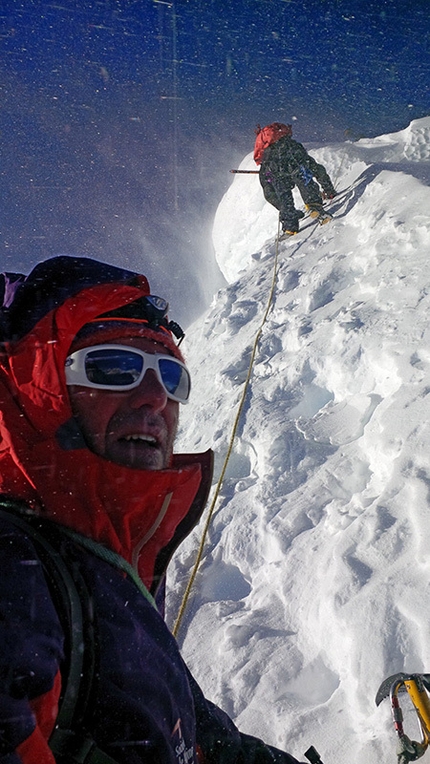
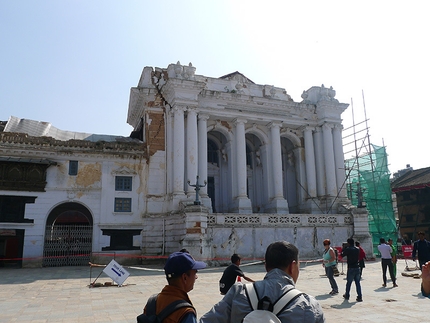
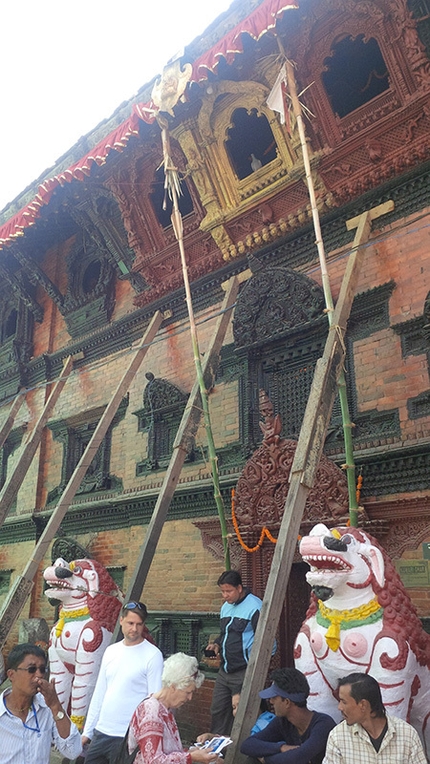
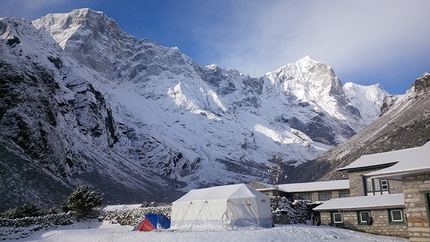
 See all photos
See all photos













